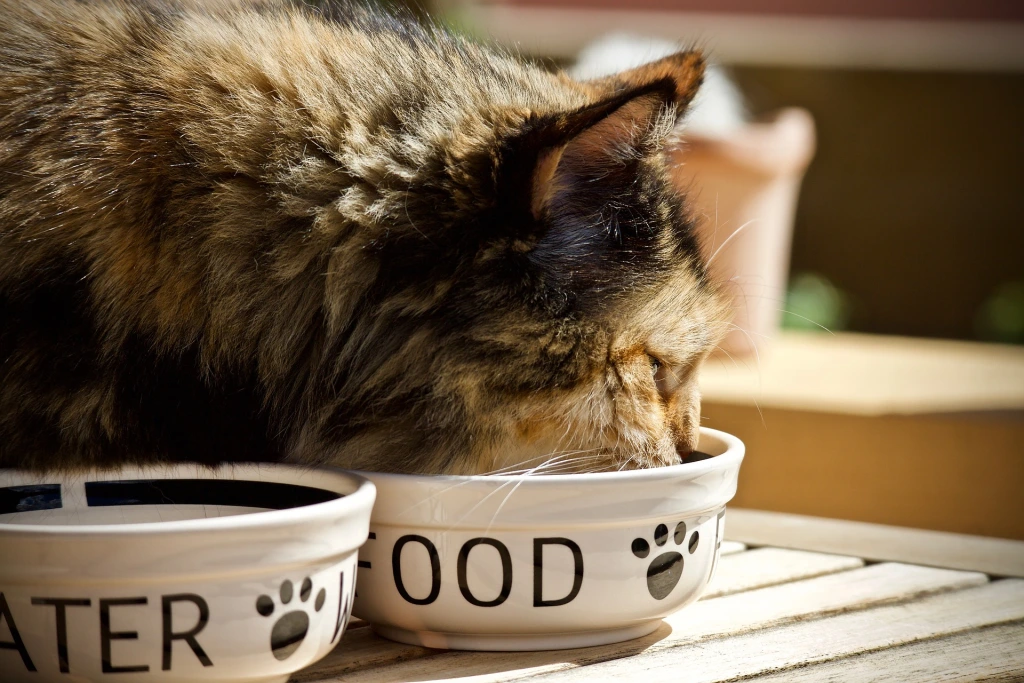
The world of cat nutrition is a complex and ever-evolving field. As dedicated pet owners, we often find ourselves wondering what the best dietary choices for our feline companions are. Tuna for cats has been a subject of particular interest, gaining attention for its nutritional richness and various benefits it offers. By gaining a comprehensive understanding of the benefits and potential considerations surrounding this food source, we can make more informed decisions about our cats’ diet.
Tuna, with its dense protein content and array of beneficial nutrients, offers cats a wholesome diet source. This type of fish is packed with essential amino acids that cats need for optimum health. As obligate carnivores, cats thrive on protein-rich diets, and the high-quality protein found in tuna supports their muscular health and energy levels.
In addition to being a protein powerhouse, tuna is also an excellent source of omega-3 fatty acids. These crucial fatty acids are known for promoting heart health, reducing inflammation, and supporting brain function. The fish is also packed with vitamins, including B vitamins and vitamin D, which contribute to overall cat health.
Now that we have explored the nutritional profile of tuna, let’s dive into how it directly contributes to feline health. Here, we’ll touch upon the muscle development, coat health, and immune support provided by this marine protein source.
The pet food industry, particularly the cat food sector, has seen significant growth over the years. With increasing pet ownership and rising awareness of pet health needs, the demand for high-quality, nutritious cat food has surged. The tuna cat food segment of the industry has notably expanded, catering to cat owners seeking nutrient-rich, palatable options for their pets.
From canned tuna for cats to dry kibble infused with tuna flavor, there’s a wide range of tuna cat food products available in the market. Canned tuna usually contains chunks of real fish, often mixed with other ingredients like gravy or jelly. Dry kibble may include dehydrated tuna or flavoring. While canned tuna generally offers higher protein content, dry tuna cat food can be more convenient for some pet owners.
Consumer preferences are continually evolving, and the pet food industry is adapting in response. There’s an increased focus on sustainable fishing practices and transparency in food sourcing, which is driving the industry towards more ethical practices. The concept of grain-free cat food has also gained momentum, with many cat owners opting for such diets for their pets.
Sustainability is becoming a significant factor in the pet food industry. As the demand for tuna cat food rises, manufacturers are focusing on sustainable fishing practices to protect marine life and maintain ecological balance. This shift not only ensures a continuous supply of tuna but also resonates with eco-conscious consumers.
Grain-free cat food, as the name suggests, does not include grains like corn, wheat, or rice. Instead, it primarily focuses on protein sources like fish, chicken, or beef. Grain-free tuna cat food combines the nutritional benefits of the fish with a diet that eliminates grains.
Grain-free cat food is often perceived as more closely resembling a cat’s natural diet. Coupled with the nutritional benefits of tuna, it can make for a nutrient-dense diet option. However, it’s essential to understand that ‘grain-free’ doesn’t always equate to ‘low-carb.’ Some grain-free cat foods may contain other high-carb ingredients like potatoes. As always, it’s critical to read product labels carefully and consult with your vet to ensure a balanced diet for your cat.
Introducing new foods into your cat’s diet can be a sensitive process. Let’s discuss some tips for transitioning your cat to a tuna-based diet and the importance of monitoring your cat’s response to this change.
Switching your cat’s diet abruptly can cause digestive issues. The best approach for transitioning to tuna cat food involves gradually introducing the new food while reducing the old one. This transition process can take a few weeks. Remember to monitor your cat’s response to the new food carefully during this time.
As you introduce a new food, be observant of any changes in your cat’s behavior, digestion, or overall health. If you notice any adverse reactions, such as vomiting, diarrhea, or loss of appetite, it’s important to consult with a vet. Not all foods suit all cats, and individual preferences or allergies can come into play.
Understanding the nutritional benefits and considerations of tuna for cats is key to making informed dietary decisions for your furry friends. As evident, tuna offers numerous health benefits, from muscle development to immune support, making it a valuable addition to feline diets.
However, it’s essential to stay abreast of industry trends, as evolving practices such as sustainability and grain-free diets can influence our choices. Ultimately, a diet that balances nutrition, palatability, and sustainability is the best tuna for cats.
As responsible pet owners, let’s continue learning and making choices that support our pets’ health and happiness. Whether it’s choosing the right food or understanding industry practices, every step we take can contribute to a healthier and more sustainable world for our pets.
California, known for its diverse economy and thriving tech industry, is a hotbed for innovation.…
As a violinist, I can't stress enough how crucial a top-notch case is in the…
Imagine a life where limitations do not exist—a life where you relentlessly pursue your dreams…
Asbestos exposure has left a long legacy of health issues in Australia, particularly mesothelioma and…
Did you know maintenance and financing, fuel management, driver management, vehicle monitoring and diagnostics, and…
It can be difficult to meet a matching spouse in this fast-paced environment. Online dating…